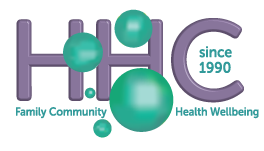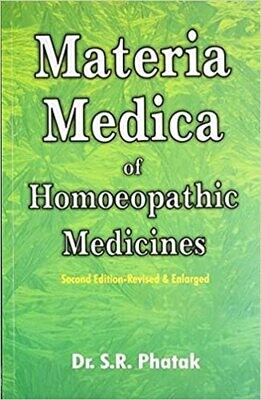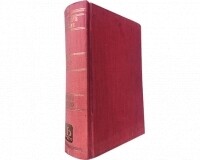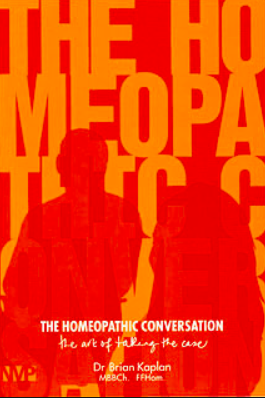Shop
Natural Medicine and Homeopathy Shop
Brookvale, Sydney, NSW (02) 99059415

Natural medicine products. New and second hand homeopathy textbooks and beginner books. Order on-line or drop-in to the clinic for professional advice. 2nd hand books.
RETURNS AND REFUNDS: Return your unused goods within 30 days with your receipt and you are eligible for a refund. Please read the full policy before purchase. SHIPPING: Our shipping costs are Standard Australia Post Fees.
Typology in homoeopathy* (Vannier)
Typology in homoeopathy* (Vannier)
A study of human types - based on the gods of antiquity - and the homoeopathic remedies that are relevant to them. The book is chiefly aimed at readers who have an interest in homoeopathy, and those with an interest in Greek and Roman mythology. Humans are divided into prototypes and metatypes.
Typology, the classification of human beings according to their physical and psychological characteristics, is as old as medicine itself. It is particularly relevant to those forms of therapy which take account of the whole person. Dr Vannier attached great importance to the subject, believing that it could help the homoeopath to know the patient better, and the patient to perceive more clearly the full extent of his or her own potential.
He takes as his models the gods of Antiquity - Mars, Saturn, Apollo, Venus, Jupiter, Mercury, Luna and Terra - studying their mythological attributes as prototypes of the mental and physical characteristics of human beings. Each of these principal types is described at length under the following headings: physical make-up, morphology, intellect, character, the conditions and problems to which they are prone, and the changes that are likely to occur with age and circumstance. He then studies in detail the homoeopathic remedies to which the individual types respond best - usually a group of six to eight related remedies dominated by a major polychrest.
Dr Vannier makes it clear that no human being is a pure prototype, exhibiting one set of characteristics alone, and that in his view two, three or even four types will be found in one person, either together in varying degree, or else in succession. He describes briefly a number of 'metatypes' - combinations of prototypes - which he names after gods not included in the original eight.
The text is illustrated throughout with line drawings and photographs, showing how artists and sculptors from classical times until the present century have depicted the different types and their many variations.
'Typology is the classification of human beings according to their physical and psychological characteristics. The information is used to assess the individual person's strengths and weaknesses in order to provide informed counsel for restoring health, preventing disease, and reaching his or her own natural potential. Correlations abound with other whole-person therapies, and this volume concentrates on homeopathic remedies and the corresponding principal types to which they are similar.
Dr Vannier describes eight basic protoypes, named from Greek and Roman divinities, with definite individualising traits. ... He goes on to describe how the type presents in each of the constitutions, followed by studies of homeopathic remedies commonly needed by people with the characterisitics of the prototype. Often there is a central polychrest remedy which is frequently indicated as well as other adjunctive remedies. Rarely existing as a single pure prototype, most people display characteristics of two to four of these classifications. These prototypes are combined into metatypes which are also described in detail.
The book is beautifully illustrated with photographs and drawings, showing many examples of each type so that the reader can effectively integrate visual examples with the other information.
Typology in Homoeopathy is a unique, information-packed book which is off the beaten path of our collection of materia medica texts. It is a reference book which is easy to enjoy and yet, if studied in detail, can broaden our knowledge of the human condition.'
Paperback 176 pages










